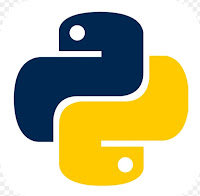Python Quiz-4
PYTHON QUIZ ONLINE Basic python quiz which includes questions on python operators, datatypes like list , loops , conditional statements.The answers for the question is shown below. 1. Which of the following operation can be used in a string ? + - / % See Answer Option A 2. ____ operator is used to find whether a character is present in a string ? not as in or See Answer Option C 3. Find the length of the string , "apple" . 4 5 1 0 See Answer Option B ...

